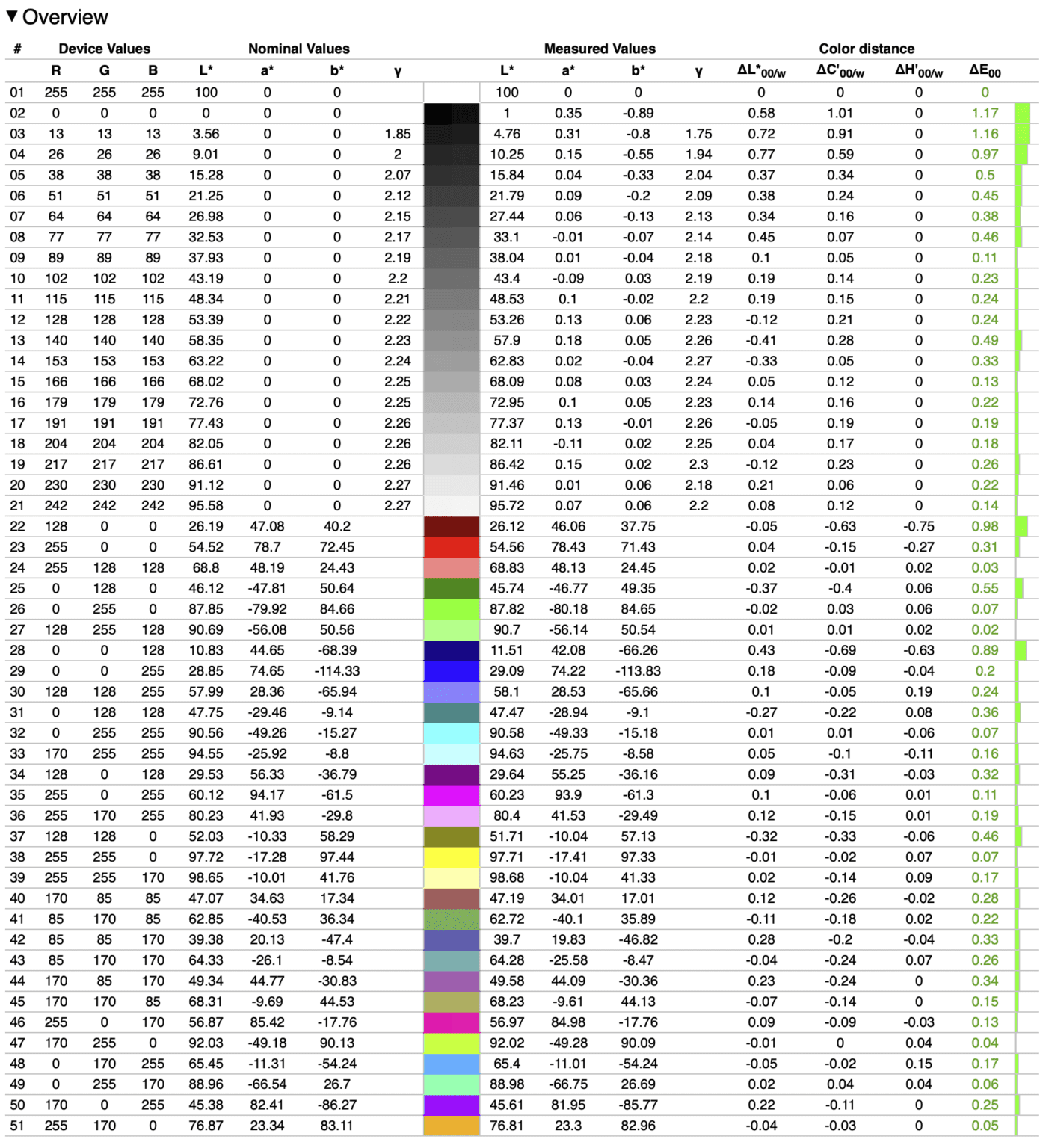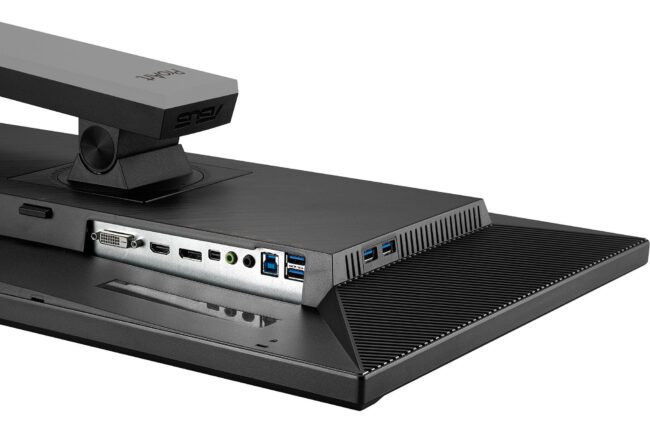


When calibrating a modern SDR computer display I would target the BT.709 gamut. Maybe I should target 2.6 in the calibration when I remove the app, because the gamma will shift, probably to 2.2. The Dell app also targets a 2.6 gamma with that profile selected, both for obvious reasons. I made the 3D-LUT using DCI-P3 as the source color space which targets a 2.6 gamma. White level and gamut is set to as measured.
Displaycal asus manual#
I'm not really sure how the app works but I'm probably going to uninstall it in favor of the more manual method.įor madVR calibration, dispcal targets P3 white point coordinates by default, so I'm guessing I should leave it alone. The gamut coverages were really bad, and so was the overall picture. I calibrated, profiled, and then made a 3d-lut for madVR while the Dell app was on the DCI-P3 setting. You can have both the Dell app and a separate calibration running at the same time. Dispcal and madTPG methods of disabling existing calibrations don't seem to have any effect on the Dell app. After doing that the delta E was ~0.6, but I'm guessing it's because it actually calibrated something. The app has a mini calibration tool that uses the i1 display pro to adjust the profiles based on the specific display. The white point changed very little also. It seemed to brighten things up a bit, but the actual white level didn't change much. Do I leave it as measured or target 6500k? Targeting a value actually influences decisions made during calibration right? The white point was off quite a bit tho, delta E of ~7. The display by default is really good, 3840x2160 wide gamut IPS. On my new laptop, you can't adjust RGB levels. I use the powers of to resurrect this quote!. If your white point is already as good as your example I strongly recommend you not calibrate it in software.


 0 kommentar(er)
0 kommentar(er)
